gryffinwings
No longer a newbie, moving up!
- Joined
- Apr 28, 2012
- Messages
- 553
- Reaction score
- 48
- Location
- San Diego, CA
- Can others edit my Photos
- Photos NOT OK to edit
I am thinking about eventually building a dark room around a shed one day as I do not have a ton of room in my house, California Houses are small. Is it possible to develop without a darkroom? I am a complete film developing newbie, so I don't even know what is possible or even recommended for equipment for people that don't have the real estate for a dedicated dark room.
I currently shoot both c41 and black and white, for now only in 35mm, but I will eventually be shooting 4x5 when I get a lens and film backs for my Crown Graphic.
What I hear is black and white developing is the easiest to start with.
Recommendations to good youtube videos or websites would be excellent. Also if you don't mind recommending some budget oriented equipment or what chemicals are good, I would greatly appreciate it.
I currently shoot both c41 and black and white, for now only in 35mm, but I will eventually be shooting 4x5 when I get a lens and film backs for my Crown Graphic.
What I hear is black and white developing is the easiest to start with.
Recommendations to good youtube videos or websites would be excellent. Also if you don't mind recommending some budget oriented equipment or what chemicals are good, I would greatly appreciate it.


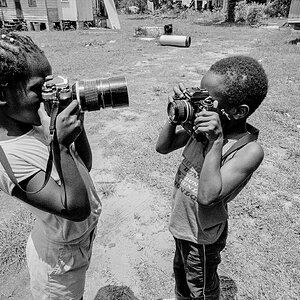

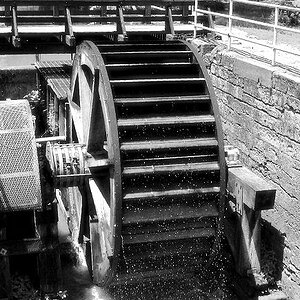
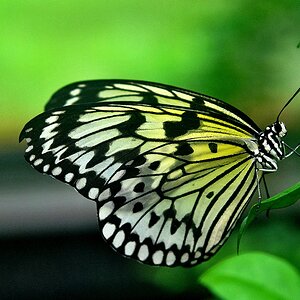
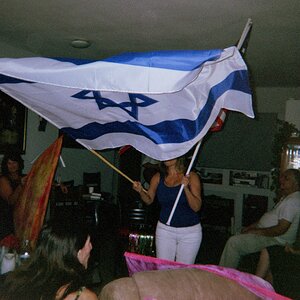
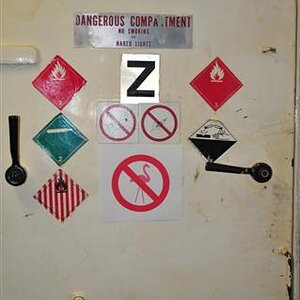
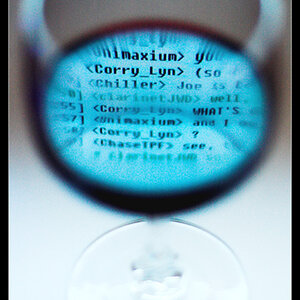
![[No title]](/data/xfmg/thumbnail/40/40284-f59f6230f0d5b9eacf977f8b0392f087.jpg?1619739407)

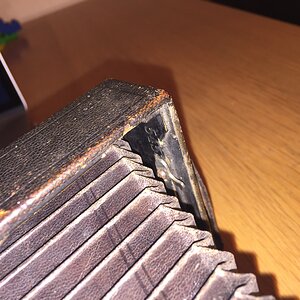
![[No title]](/data/xfmg/thumbnail/31/31751-fb2f68cca32f9eec468dbde7d649840f.jpg?1619734990)
